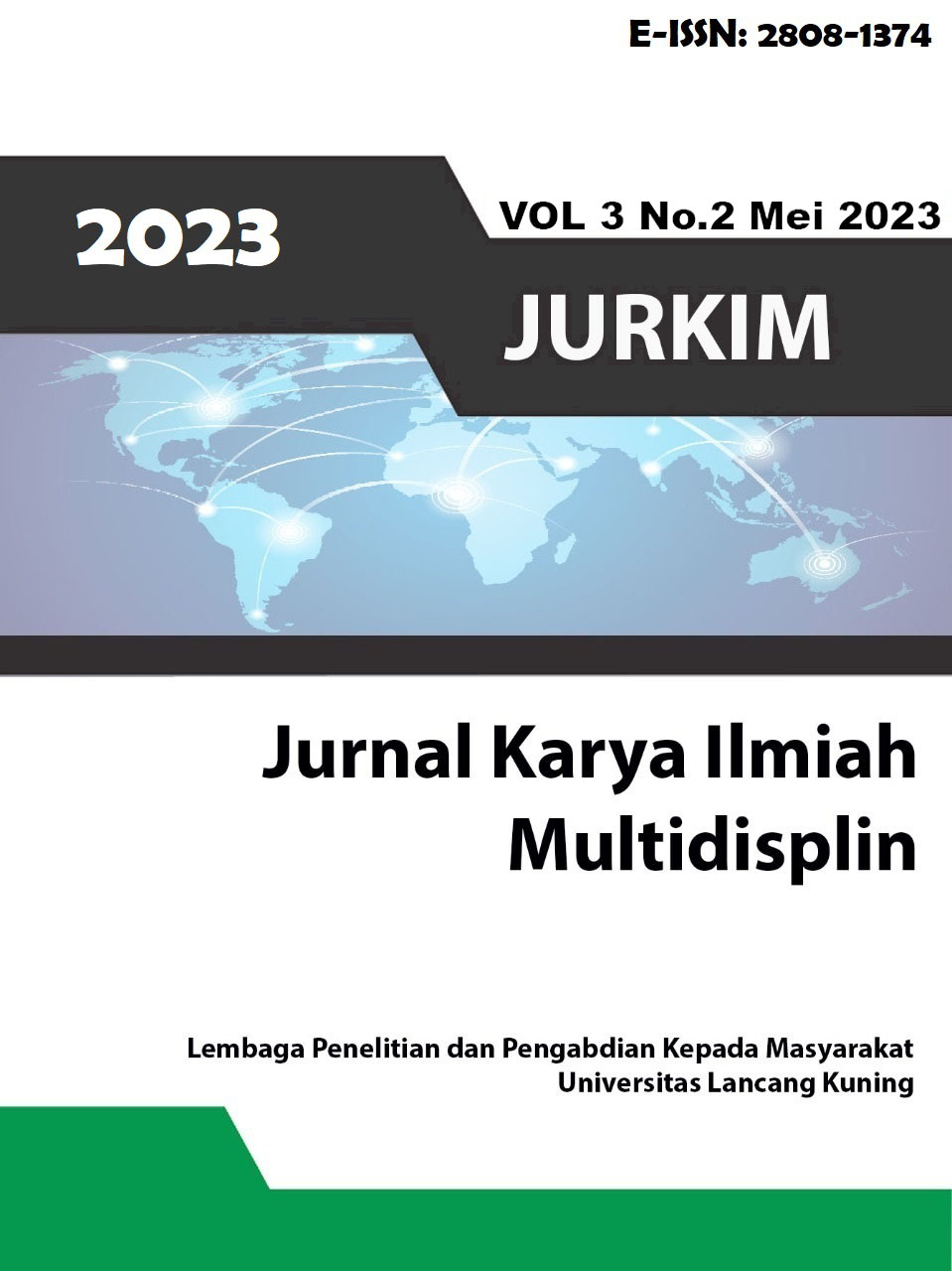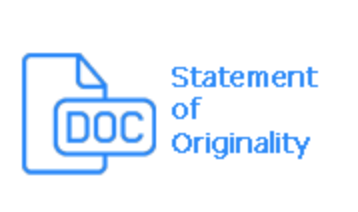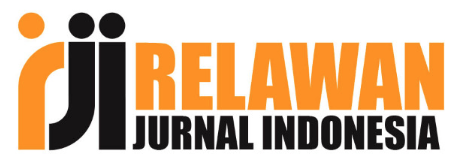Aktualisasi Distribusi Risiko dan Kelas Sosial Ulrich Beck: Studi Kasus Kabut Asap di Riau
Keywords:
Ulrich Beck, risk distribution, social class, industrialization of palm oil, smog
Abstract
This study aims to analyze the contextualization of Beck's thoughts about the distribution of risk and social class in the case of the haze that hit the people of Riau. This study uses qualitative research methods with Ulrich Beck's theory of risk distribution as a tool to analyze research findings. This study shows that the effects of industrialization of palm oil and the haze are the risk from the haze in Riau is not only experienced by a group of people, but the risk is consumed by everyone. The existence of a class has no effect in terms of the spread of this risk consumption, it's just that there is a difference in consuming it. This can be seen from the ability of those from the upper middle social class to be better able to minimize risk exposure than those in the lower middle social class.Downloads
Download data is not yet available.
References
Beck, U. (1992). Risk Society: Towards a New Modernity. SAGE PUBLICATIONS.
Beck, U. (1995). Ecological Politics in an Age of Risk. Cambridge: Cambridge University Press.
Bisyafar, N. K. (2023). Ancaman Industrialisasi Dalam Masyarakat Risiko. Concept: Journal of Social Humanities and Education, 2(2), 29–47.
BPS. (2018). Statistik Kelapa Sawit di Indonesia 2017.
Creswell, J. W. (2007). Qualitative Inquiry & Research Design: Choosing Among Five Approaches. In Sage Publications (Second Edi). University of Nebraska.
Hanifah, A. A., Nugroho, A. A., & Tunggadewi, A. V. (2023). Masyarakat Era Kontemporer Dalam Menghadapi Risiko Plastik. Student Scientific Creativity Journal (SSCJ), 1(3), 131–156.
Kemenperin. (2019). Prospek dan Permasalahan Industri Sawit.
Khairunnisa, R., Ekha Putera, R., & Yoserizal, Y. (2021). Koordinasi Pemerintah Kabupaten Kampar Dalam Penanggulangan Bencana Kabut Asap. Transparansi: Jurnal Ilmiah Ilmu Administrasi, 4(1), 140–147. https://doi.org/10.31334/transparansi.v4i1.1618
Kusvianti, P., Putri, A., Ashari, R., & Izzah, A. N. (2023). Pandangan Ulrich Beck Tentang Risiko dan Ketidakpastian yang Dialami. Jurnal Ilmiah Ecosystem Volume, 23(1), 149–163. https://doi.org/10.35965/eco.v23i1.2495
Marianta, Y. I. W. (2011). Akar Krisis Lingkungan Hidup. Studia Philosophica et Theologica, 11(2), 231–253. http://ejournal.stftws.ac.id/index.php/spet/article/view/72
Meiwanda, G. (2016). Kapabilitas Pemerintah Daerah Provinsi Riau: Hambatan dan Tantangan Pengendalian Kebakaran Hutan dan Lahan. Jurnal Ilmu Sosial Dan Ilmu Politik, 19(3), 251. https://doi.org/10.22146/jsp.15686
Meiwanda, G., & Nizmi, Y. (2021). Kompleksitas penanggulangan kebakaran hutan dan kabut asap di Indonesia. Journal of Government and Politics (JGOP), 3(1), 33–46. http://journal.ummat.ac.id/index.php/JSIP/article/view/5353
Nizmi, Y. E. (2021). Kabut Asap, Ancaman Terhadap Human Security dan ASEAN Way. JMM: Jurnal Masyarakat Maritim, 05(1), 36–45. https://ejurnal.umri.ac.id/index.php/JEQ/article/view/820/532
Pasai, M. (2020). Dampak Kebakaran Hutan dan Penegakan Hukum. Jurnal Pahlawan, 3(1), 36–46. https://journal.universitaspahlawan.ac.id/index.php/jp/article/view/609/515
Ritzer, G. (2003). Teori Sosiologi Post-Modern. Yogayakarta: Kreasi Wacana.
Wahyuni, D. (2021). Bencana Kabut Asap Sebagai Dampak Budaya Konsumsi Dalam Cerpen “Yang Datang Dari Negeri Asap.” Paradigma: Jurnal Kajian Budaya, 11(1), 79–86. https://doi.org/10.17510/paradigma.v11i1.371
Zahro, H., Fitria, S. D. J., & Palupi, Y. A. (2023). Pandemi Covid-19 Dalam Risiko Masyarakat Kontemporer. 3(2).
Beck, U. (1995). Ecological Politics in an Age of Risk. Cambridge: Cambridge University Press.
Bisyafar, N. K. (2023). Ancaman Industrialisasi Dalam Masyarakat Risiko. Concept: Journal of Social Humanities and Education, 2(2), 29–47.
BPS. (2018). Statistik Kelapa Sawit di Indonesia 2017.
Creswell, J. W. (2007). Qualitative Inquiry & Research Design: Choosing Among Five Approaches. In Sage Publications (Second Edi). University of Nebraska.
Hanifah, A. A., Nugroho, A. A., & Tunggadewi, A. V. (2023). Masyarakat Era Kontemporer Dalam Menghadapi Risiko Plastik. Student Scientific Creativity Journal (SSCJ), 1(3), 131–156.
Kemenperin. (2019). Prospek dan Permasalahan Industri Sawit.
Khairunnisa, R., Ekha Putera, R., & Yoserizal, Y. (2021). Koordinasi Pemerintah Kabupaten Kampar Dalam Penanggulangan Bencana Kabut Asap. Transparansi: Jurnal Ilmiah Ilmu Administrasi, 4(1), 140–147. https://doi.org/10.31334/transparansi.v4i1.1618
Kusvianti, P., Putri, A., Ashari, R., & Izzah, A. N. (2023). Pandangan Ulrich Beck Tentang Risiko dan Ketidakpastian yang Dialami. Jurnal Ilmiah Ecosystem Volume, 23(1), 149–163. https://doi.org/10.35965/eco.v23i1.2495
Marianta, Y. I. W. (2011). Akar Krisis Lingkungan Hidup. Studia Philosophica et Theologica, 11(2), 231–253. http://ejournal.stftws.ac.id/index.php/spet/article/view/72
Meiwanda, G. (2016). Kapabilitas Pemerintah Daerah Provinsi Riau: Hambatan dan Tantangan Pengendalian Kebakaran Hutan dan Lahan. Jurnal Ilmu Sosial Dan Ilmu Politik, 19(3), 251. https://doi.org/10.22146/jsp.15686
Meiwanda, G., & Nizmi, Y. (2021). Kompleksitas penanggulangan kebakaran hutan dan kabut asap di Indonesia. Journal of Government and Politics (JGOP), 3(1), 33–46. http://journal.ummat.ac.id/index.php/JSIP/article/view/5353
Nizmi, Y. E. (2021). Kabut Asap, Ancaman Terhadap Human Security dan ASEAN Way. JMM: Jurnal Masyarakat Maritim, 05(1), 36–45. https://ejurnal.umri.ac.id/index.php/JEQ/article/view/820/532
Pasai, M. (2020). Dampak Kebakaran Hutan dan Penegakan Hukum. Jurnal Pahlawan, 3(1), 36–46. https://journal.universitaspahlawan.ac.id/index.php/jp/article/view/609/515
Ritzer, G. (2003). Teori Sosiologi Post-Modern. Yogayakarta: Kreasi Wacana.
Wahyuni, D. (2021). Bencana Kabut Asap Sebagai Dampak Budaya Konsumsi Dalam Cerpen “Yang Datang Dari Negeri Asap.” Paradigma: Jurnal Kajian Budaya, 11(1), 79–86. https://doi.org/10.17510/paradigma.v11i1.371
Zahro, H., Fitria, S. D. J., & Palupi, Y. A. (2023). Pandemi Covid-19 Dalam Risiko Masyarakat Kontemporer. 3(2).
Published
2023-06-30
Section
Articles







